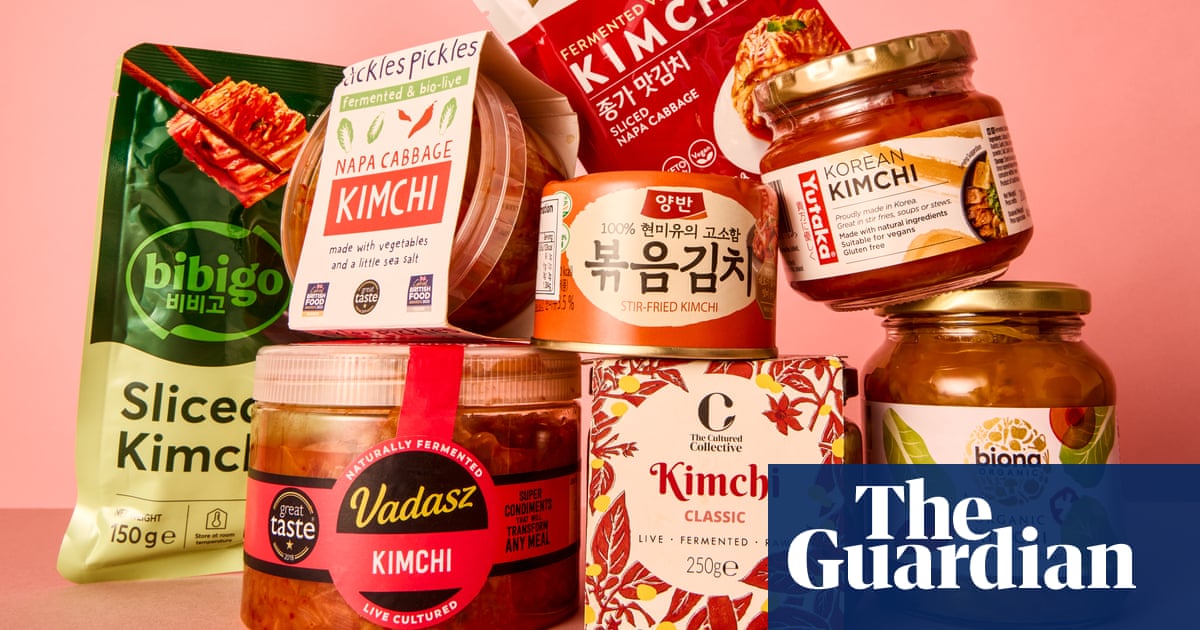
"The magic behind kimchi lies in the lactic acid bacteria naturally present on vegetables, which create the complex, tangy flavours and deep umami that make kimchi so distinctive."
"All kimchi brings bold flavour, but only raw, unpasteurised ones deliver the probiotic benefits that come from live fermentation, so look for the words raw and unpasteurised on the label."
"The UK has welcomed kimchi with open arms, and its popularity has soared, with many local home-based producers now crafting freshly fermented, small-batch kimchi alongside those from the classic Korean brands."
"Gochugaru, meanwhile, is what gives kimchi its signature vermilion hue, visually indicating how much chilli is used and determining the spiciness of the kimchi."
Kimchi, a quintessential Korean condiment, blends spicy, salty, sweet, and sour flavors in a fermented dish primarily made from cabbage. The fermentation process, driven by lactic acid bacteria, creates its distinctive taste and offers probiotic health benefits, especially in raw, unpasteurised varieties. The UK's embrace of kimchi has led to a surge in locally made products alongside traditional brands. The red-orange hue from gochugaru, the chili flakes, acts as a gauge for the spice level. Kimchi's global appeal is highlighted by a significant increase in South Korean exports in recent years.
Read at www.theguardian.com
Unable to calculate read time
Collection
[
|
...
]